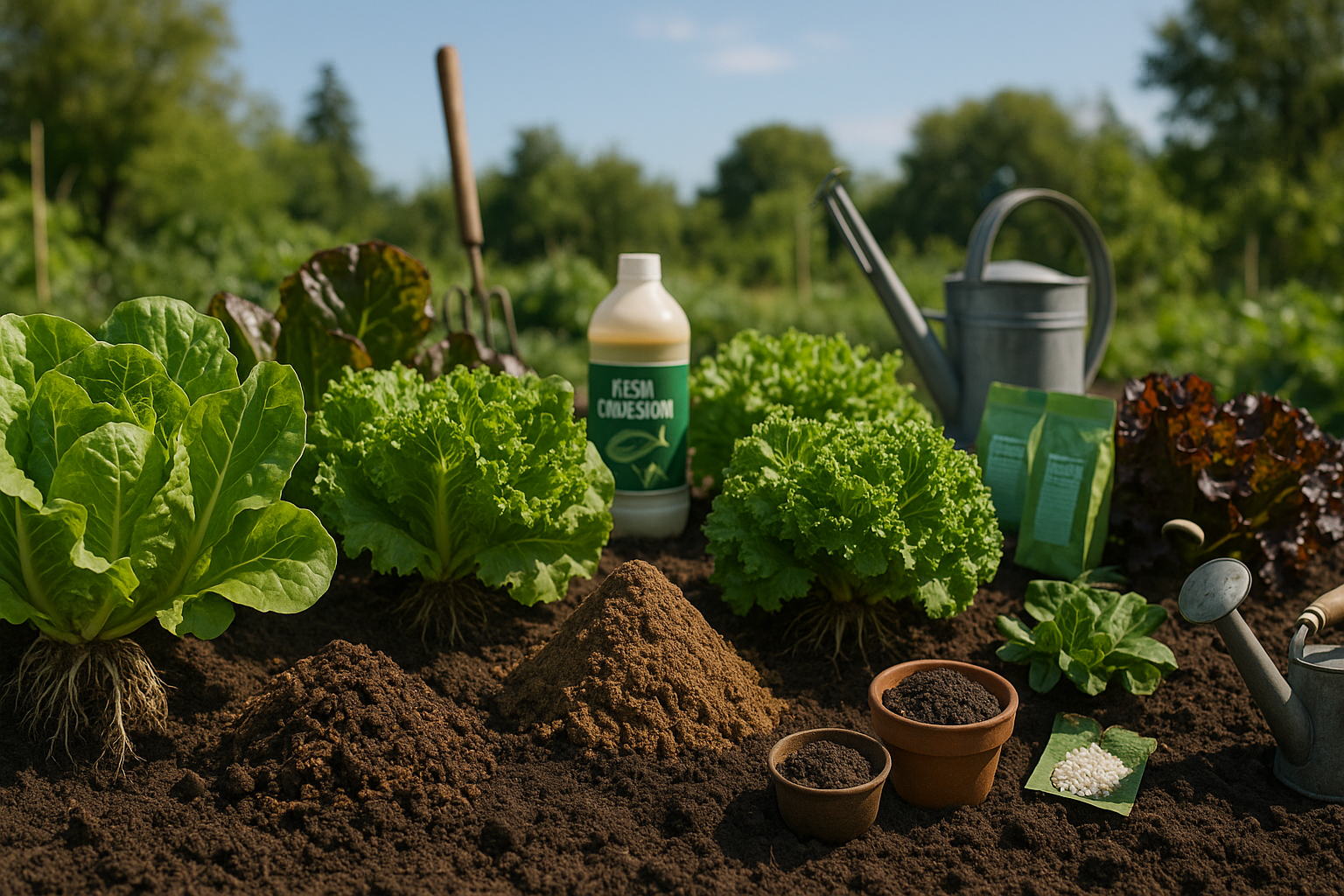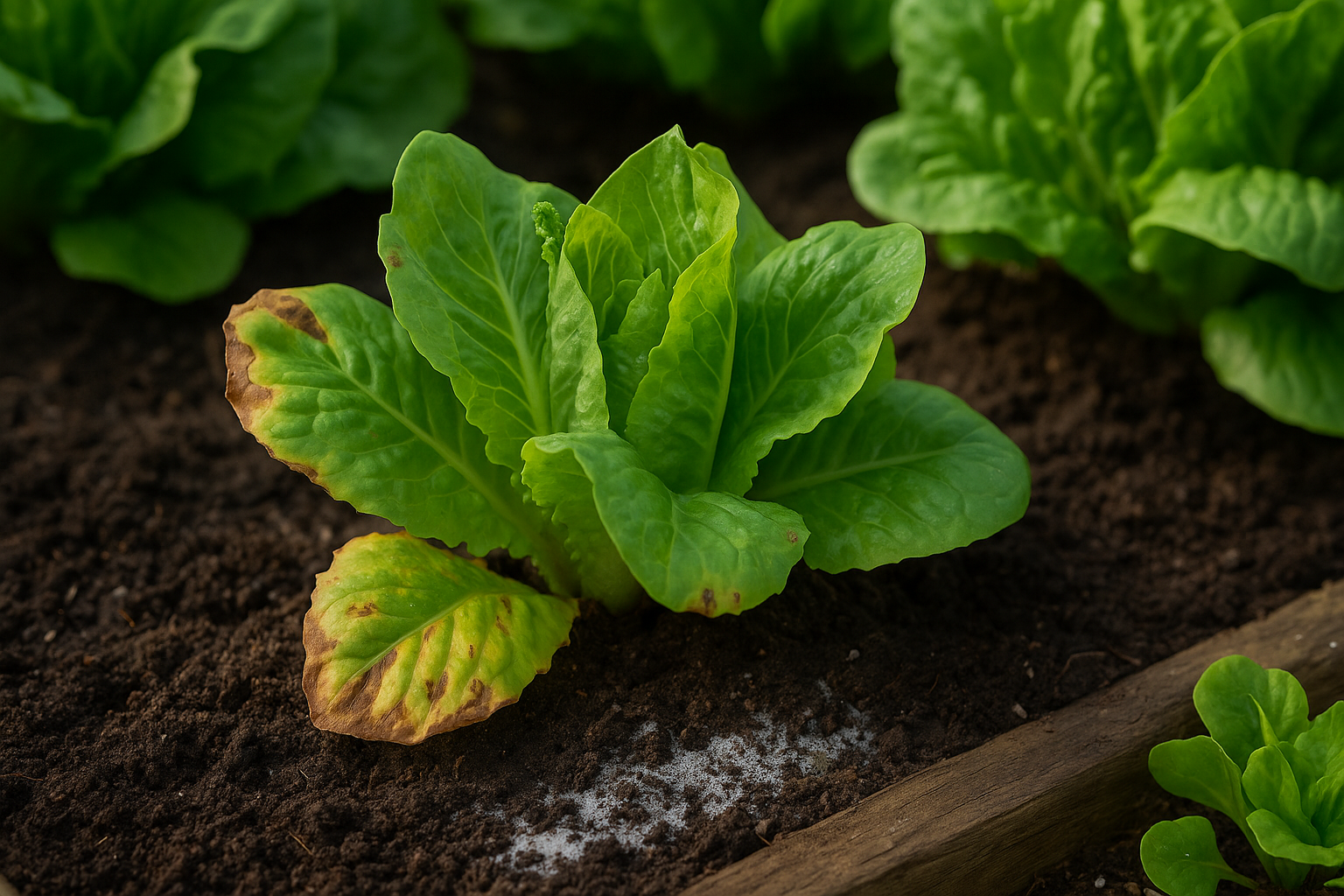Understanding Lettuce Nutrition Needs
Lettuce is a popular leafy green, prized for its crisp texture and mild flavor. Whether you’re growing it in a home garden or on a commercial scale, providing the right nutrition is crucial for vibrant growth and a healthy harvest.
Lettuce thrives on a lettuce balanced supply of essential nutrients—starting with the “big three” macronutrients: nitrogen (N), phosphorus (P), and potassium (K). Nitrogen is key for lush, green leaves; phosphorus supports strong root development and early growth; while potassium promotes overall plant health, improving resistance to stress and boosting yields.
In addition to these, lettuce needs small yet vital doses of micronutrients like calcium, magnesium, iron, and manganese. Calcium helps prevent tip burn—a common lettuce disorder—while magnesium and iron are necessary for robust chlorophyll production and healthy leaf color.
To deliver these nutrients, you’ll need to choose between organic and chemical fertilizers. Organic fertilizers, such as compost or well-rotted manure, release nutrients slowly and improve soil health over time, creating a living, microbe-rich environment that benefits the delicate roots of lettuce. In contrast, chemical or synthetic fertilizers act quickly, supplying precise, readily available nutrients but can sometimes cause salt build-up or root burn if over-applied.
Many experienced lettuce gardeners recommend using a blend—starting with a soil-enriching organic base and supplementing with targeted chemical feeds when fast action is needed, such as during rapid growth phases or after heavy rain. Matching your fertilizer choice to your growing conditions and lettuce’s needs is the best route to crisp, delicious heads and a plentiful harvest.
Top Organic Fertilizers for Lettuce
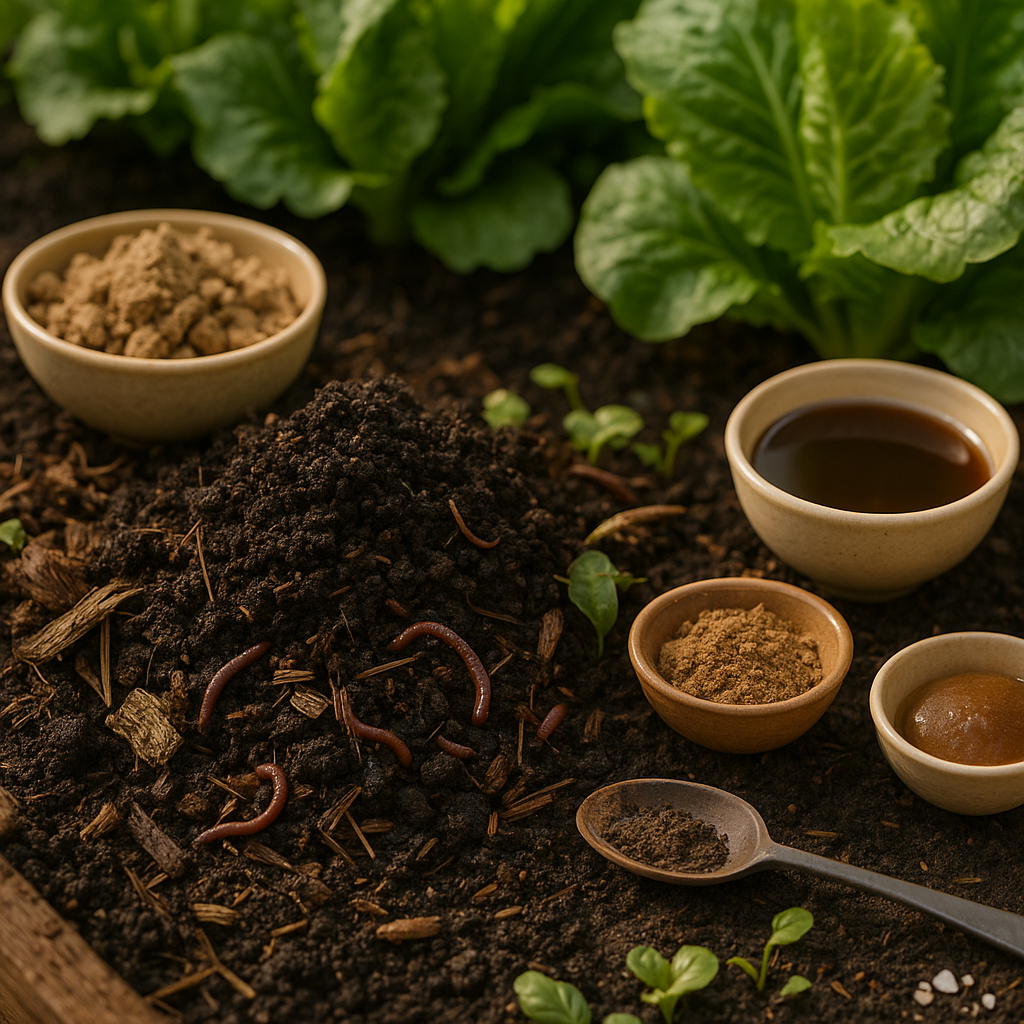
Choosing the right organic fertilizer can make a big difference in how healthy and flavorful your lettuce turns out. Popular options include compost, aged manure, fish emulsion, and worm castings—each with unique benefits.
Compost, made from decomposed plant matter, enriches soil with nutrients and helps retain moisture, making it ideal for garden beds. Aged manure, such as cow or chicken manure, is rich in nitrogen but must be well-composted to avoid burning tender lettuce roots. Fish emulsion delivers a quick dose of nutrients, especially nitrogen, which leafy greens crave for rapid, lush growth. Worm castings are another favorite; they’re packed with beneficial microbes and gentle enough for seedlings, supporting strong roots and disease resistance.
Organic fertilizers do more than just feed plants—they build healthy soil, improve structure, and encourage earthworms and helpful microbes. This leads to sustainable, long-term fertility and less reliance on synthetic chemicals.
For best results:
- Mix compost or manure into your soil a couple of weeks before planting.
- Fish emulsion or worm tea can be diluted and applied as a liquid feed every 2-4 weeks during the growing season, but always follow label instructions to avoid overfeeding.
One common mistake is applying too much manure, which can overload soil with salts or pathogens; always use it sparingly and ensure it’s fully composted. Another error is uneven fertilizer application, leading to patchy growth—spread amendments evenly and water them in well.
Remember, organic fertilizers release nutrients slowly, so patience pays off with rich, vibrant lettuce and healthier soil season after season.
Best Chemical Fertilizers for Maximum Yield
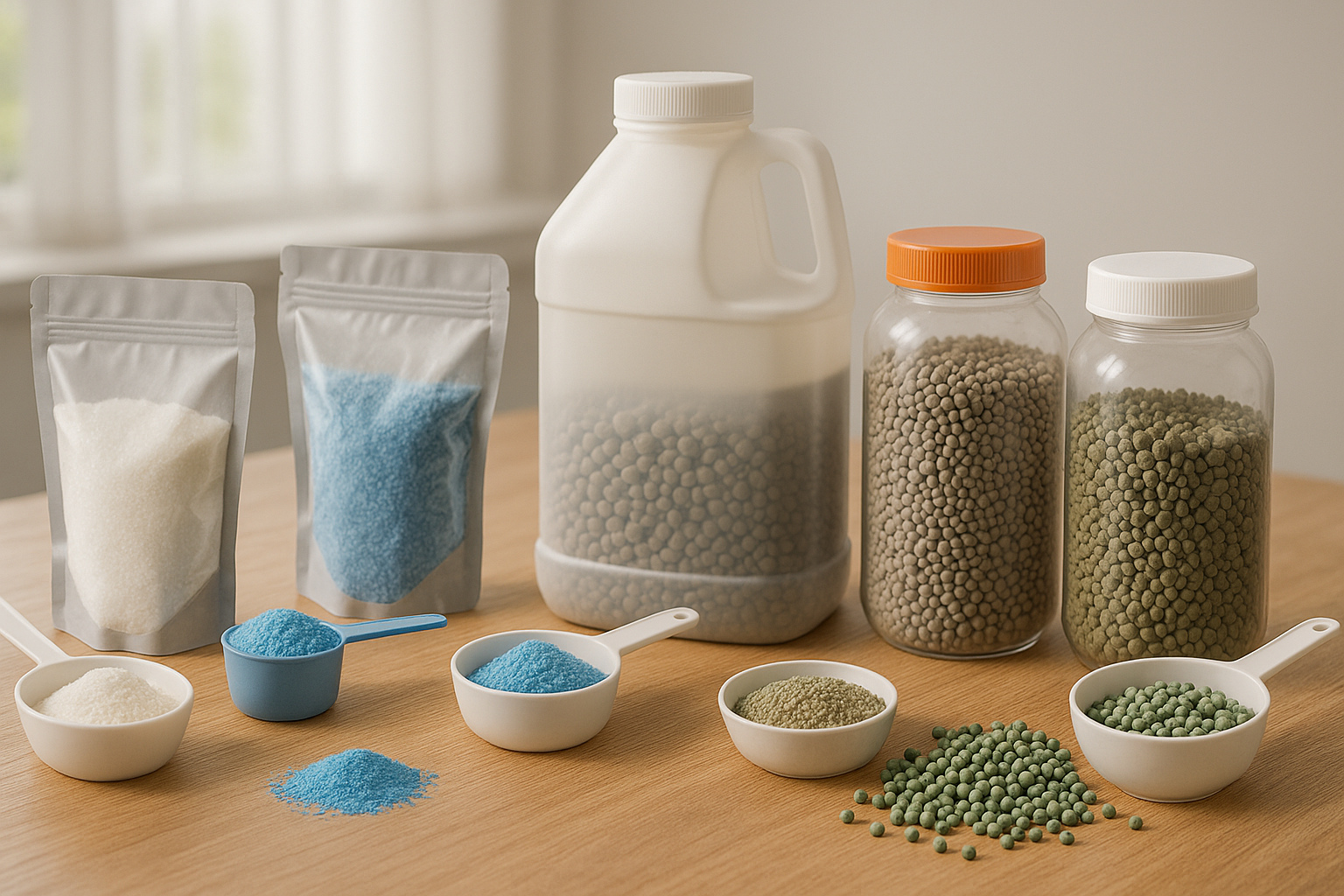
Selecting the right chemical fertilizers is key to maximizing yield for leafy greens such as spinach, lettuce, and kale. These crops thrive with fertilizers high in nitrogen, so look for products with an NPK ratio like 20-10-10 or 16-6-4, where the first number—nitrogen (N)—supports leafy growth.
Both water-soluble and slow-release formulas have their place:
- Water-soluble fertilizers like Miracle-Gro Water Soluble All Purpose Plant Food provide an immediate nutrient boost, ideal for rapid early-stage growth.
- Slow-release pellets such as Osmocote Smart-Release Plant Food release nutrients gradually, reducing the need for frequent applications and minimizing nutrient leaching.
When shopping, always check the label for the NPK values and make sure the product is safe for edibles—fertilizers labeled for vegetable gardens are ideal. Look for specific instructions for leafy crops, since over-fertilizing can cause leaf burn, a bitter taste, and environmental runoff.
Use a measuring scoop or cup to ensure exact dosages; more isn’t better, as excess fertilizer can harm plants and pollute water supplies. Apply dry granules or pellets to moist soil and water them in, or mix water-soluble powders as directed, taking care not to get fertilizer on the leaves to avoid scorching.
Fertilize during the early morning or late afternoon, following the recommended frequency on the package—often every 2-4 weeks for leafy greens. Above all, start with the lowest suggested rate if you’re uncertain—healthy, steady growth is preferable to fast, weak spurts that attract pests and disease.
When and How to Fertilize Lettuce
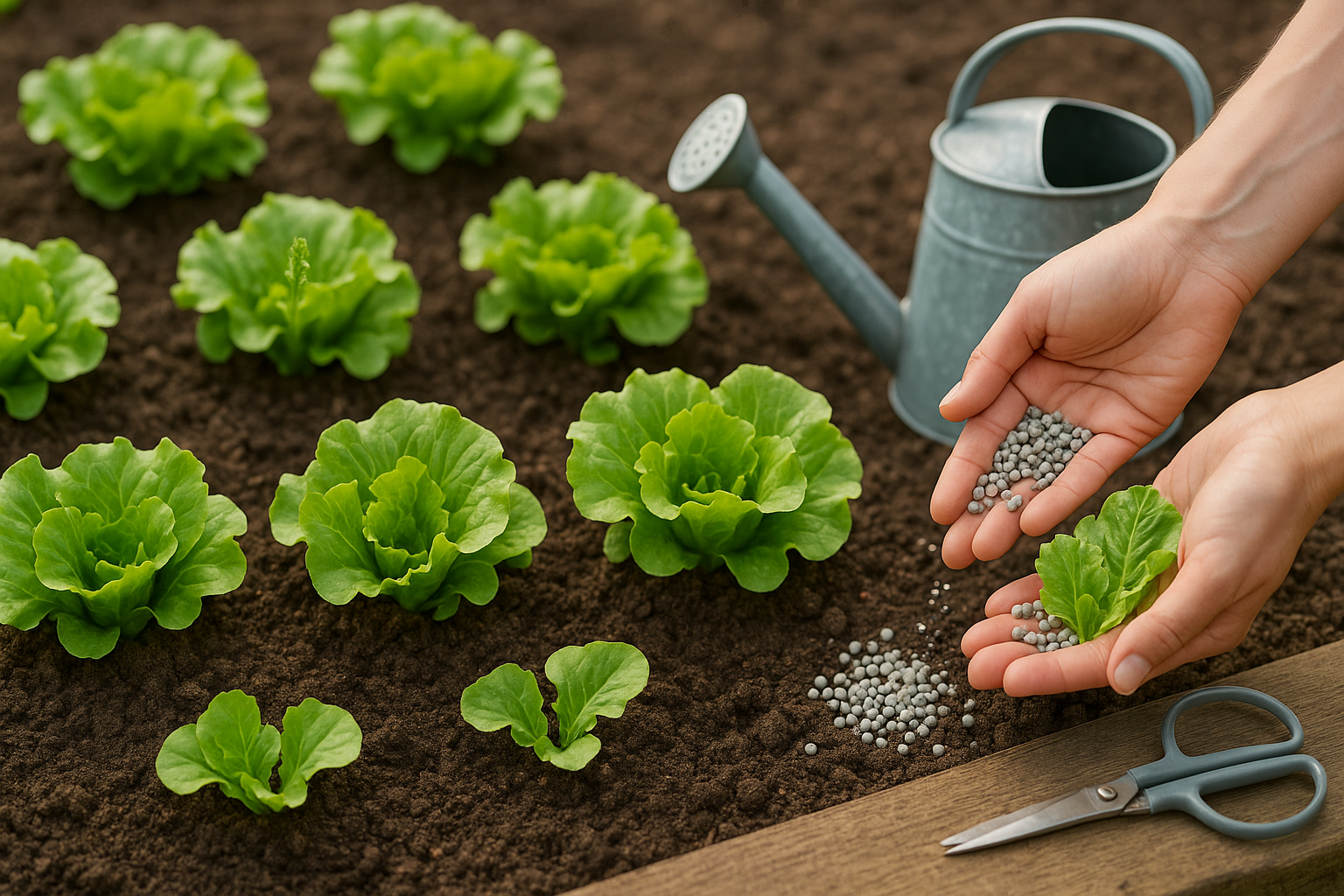
Fertilizing lettuce at the right times is key to growing crisp, healthy greens. Start with a balanced fertilizer when you first plant seeds or seedlings to give young plants a strong start. You can either mix a slow-release granular fertilizer into the soil before planting or apply a diluted liquid fertilizer every two weeks once seedlings have a couple of true leaves.
As the lettuce grows, side-dress with a nitrogen-rich fertilizer when leaves begin to form heads. Simply sprinkle granules 3–4 inches away from the plant stems and lightly work it into the soil, avoiding direct contact with leaves to prevent burning. For top-dressing, gently spread compost or a well-balanced fertilizer over the soil surface around the plants, then water it in.
Liquid feeding is another convenient method, especially during warm, fast-growing periods. Dilute a water-soluble fertilizer to half strength and drench the soil every 10–14 days.
Avoid overfeeding, as too much nitrogen can make lettuce bitter or attract pests. Overall, aim to fertilize lightly but regularly, monitoring plant color and growth—pale leaves or slow growth are signs that your plants need more nutrients. With consistent watering and feeding, your lettuce will reward you with a lush, flavorful harvest.
Recognizing and Preventing Fertilizer Problems
Spotting fertilizer problems early can save your plants from lasting damage. Common signs of over-fertilization include leaf burn, where leaf tips turn brown, stunted or unusually slow growth, and leaves changing color—often yellowing or developing dark spots. You might also notice a white crust of fertilizer residue on the soil surface.
If you’re seeing these symptoms, act quickly: remove excess fertilizer by flushing the soil with plenty of water to dilute the salts, and avoid feeding again until the plants recover.
To prevent these problems, always follow package instructions for dosage and frequency rather than assuming more is better. Regular soil testing is vital to know exactly what nutrients your plants need, so you’re not guessing or overdoing it.
Keep an eye on your plant’s health and growth patterns, adjusting care routines if you spot early warning signs. Consistent monitoring and mindful feeding help your garden stay healthy without the risk of fertilizer stress. Remember, plants often need less fertilizer than we think—prioritizing quality care over quantity will yield better, healthier growth in the long run.
Fertilizer Best Practices and Final Tips
Successful lettuce fertilization comes down to a few core strategies. First, start with soil that’s rich in organic matter—mix in well-rotted compost or manure to provide lettuce with a gentle, steady nutrient supply. For fast growth and crisp leaves, supplement with a balanced, water-soluble fertilizer every two to three weeks. Be sure to always follow label directions to avoid overfeeding.
Don’t hesitate to combine organic and chemical fertilizers; for example, use compost as your base and occasionally boost with a quick-release nitrogen fertilizer if you notice pale or slow-growing leaves. This hybrid approach often leads to healthy, vibrant crops without depleting the soil’s natural fertility.
Regular observation is key. Pay attention to how different lettuce types respond and adjust your feeding plan if you see signs like leaf burn, yellowing, or stunted growth. Factors such as temperature fluctuations, rainfall, and even the potting mix for container-grown lettuce can affect how much and how often you should fertilize.
By staying attentive and flexible, you’ll help your lettuce thrive from seedling to harvest, enjoying crisp, flavorful leaves straight from your own garden.
